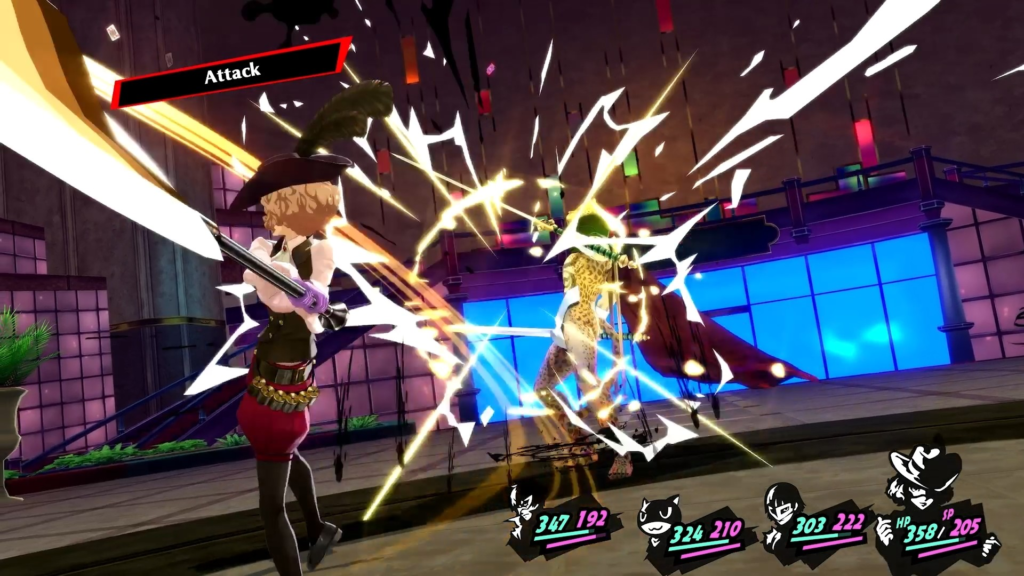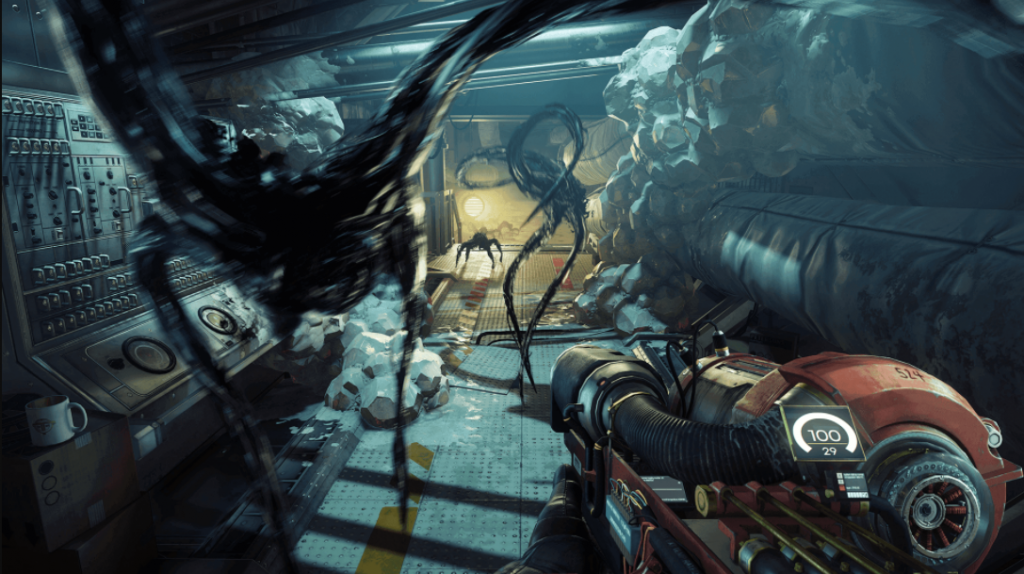How Bethesda Designs for Moments
It's about The Moments, not the moment-to-moment

Starfield has finally been released and it's a huge deal for the industry. As the first original IP from Bethesda in years, it has taken the fantasy developer to the realm of sci-fi. With that said, if you’re hoping that this would be a bold new world for the studio, it is not. Starfield represents the peak of Bethesda and by extension, the distinction of CRPG design and why this kind of gameplay just doesn’t interest me. At long last, I think I can finally explain why this kind of CRPG design has yet to grab me.
A Slice of Swords and Lasers
Let me start by saying this is not going to be a review of Starfield. I spent about 90 minutes in the game, didn’t enjoy it, and uninstalled it after two different game crashes.
I recently finished my book on RPG design, and one of the hardest parts of it was trying to break down the differences between a JRPG and a CRPG.
It’s easy to just say “One is from Japan and one is from the West” and call it a day, but that doesn’t get at the systemic differences that occupy each part of the genre. While both aspects draw heavily from table top RPGs and Pen and Paper design, CRPGs heavily emphasize the “role-playing” elements, while JRPG design focuses on the systems and abstraction. When you play a CRPG, it is about you obviously inhabiting the role of a character in that world — or universe if we’re talking about Starfield. You are meant to guide the progression of your character just as you impact the story and characters in that space.
A JRPG is more about exploring the systems that are in place since the story serves as the motive for the gameplay. Fans don’t care about how much or how little they are affecting the plot of Persona 5, they’re there to watch the Phantom Thieves work and see where the story goes. In fact, “See where the story goes” is a good distinction between the two. While there is an overriding plot in CRPGs, anyone who has played these games knows that part of the reason why you play them is to see the world outside of the story. That giant dragon or invading army is more than happy to wait for you to finish spelunking through every cave, dungeon, etc. While there is a focus on the mechanics in a JRPG, the player is often along for the ride as to where the story will lead. In other words, most CRPGs have an active story, and most JRPGs have a passive story, but there are always exceptions to the rules.

Neither style is better or worse than the other, it comes down to what kind of experience you are looking for. I prefer JRPGs because of where the focus of systems vs. storytelling will lead.
Moment-to-Moment vs. “The Moment”
A point I always talk about in terms of good game design is the feel of a game at any given moment — how does it feel to walk, jump, shoot, sort your inventory, command units, etc.? Games that focus on unique systems and mechanics typically have a stronger moment-to-moment feel compared to other games. Everyone remembers chainsawing a demon in Doom Eternal, the struggle of boss fights in Elden Ring, and the joy of watching Mario jump around in Super Mario Odyssey, but do the story beats in those games resonate as much with you, or watching the final cutscene? Probably not.
As I watched people gush about Starfield or any of Bethesda’s other games, it’s never about the core gameplay loop of the game, what you’re doing at any given time; it’s about the big moments that happen in it. Fans remember being able to see what max boosters will get you, the long process of fully customizing your ship exactly as you want it, and how you’re going to eventually use all that ore you’ve mined. It’s also about the story beats — Bethesda’s unique questlines and faction missions are often rated as some of the best content in their games. This is the kind of content that makes it impossible to build a game that is 100% just those moments without massively burning out the developers. So the rest of the world and game is there to exist as metaphorical vegetables you need to eat before you get your dessert.
To put this another way — fans of this style don’t mind that walking around feels slow, or that the general combat is just okay, they’re there to see where that walking will lead them, or the plot point or reward that’s at the end of that combat. And if they stick with it, they can eventually upgrade their stamina, or unlock higher perks with weapons to make those parts less strenuous. To make those big moments matter, and for them to work, the gameplay must push the player down those paths. Keeping the moment-to-moment or core gameplay loop on the basic side gives those big moments room to breathe and matter. A quest may have just been you literally walking from one end of a city to the other, but now you can see where that plot is going to end up and the impact it will have.

It’s also easier to design interesting quests and situations when there are fewer mechanics that need to be taken into account.
In series like Just Cause and the later Saint’s Row games, quests must take place in a fixed location with a specific outcome and limit the player’s interaction, or the solution would just be to use lots of helicopter missiles or superpowers to solve everything.
A Single-Player MMO
Thinking about CRPG design this way makes me remember why MMOGs no longer interest me. I remember playing World of Warcraft way back in 2004 and the exact moment when MMOGs lost me forever. I was busy mining ore in some random forest thinking about how, hours from now, I could finally start crafting good stuff, and then many more hours later, could craft legendary items from raids. And as I ran to the umpteenth ore node it dawned on me: why am I paying for a game just to do busy work?
If I wanted to do something that has long-term rewards for short-term behavior, I have infinite hours of idle games I could play. Bethesda’s games are about the destination and not the journey, but for me, I want to enjoy the lead-up as much as the main attraction.
For our readers: Do you like Bethesda’s style or not, and why? Let me know in the comments. And for more on RPG design, stay tuned for my next book “Game Design Deep Dive: Role Playing Games” coming soon.
